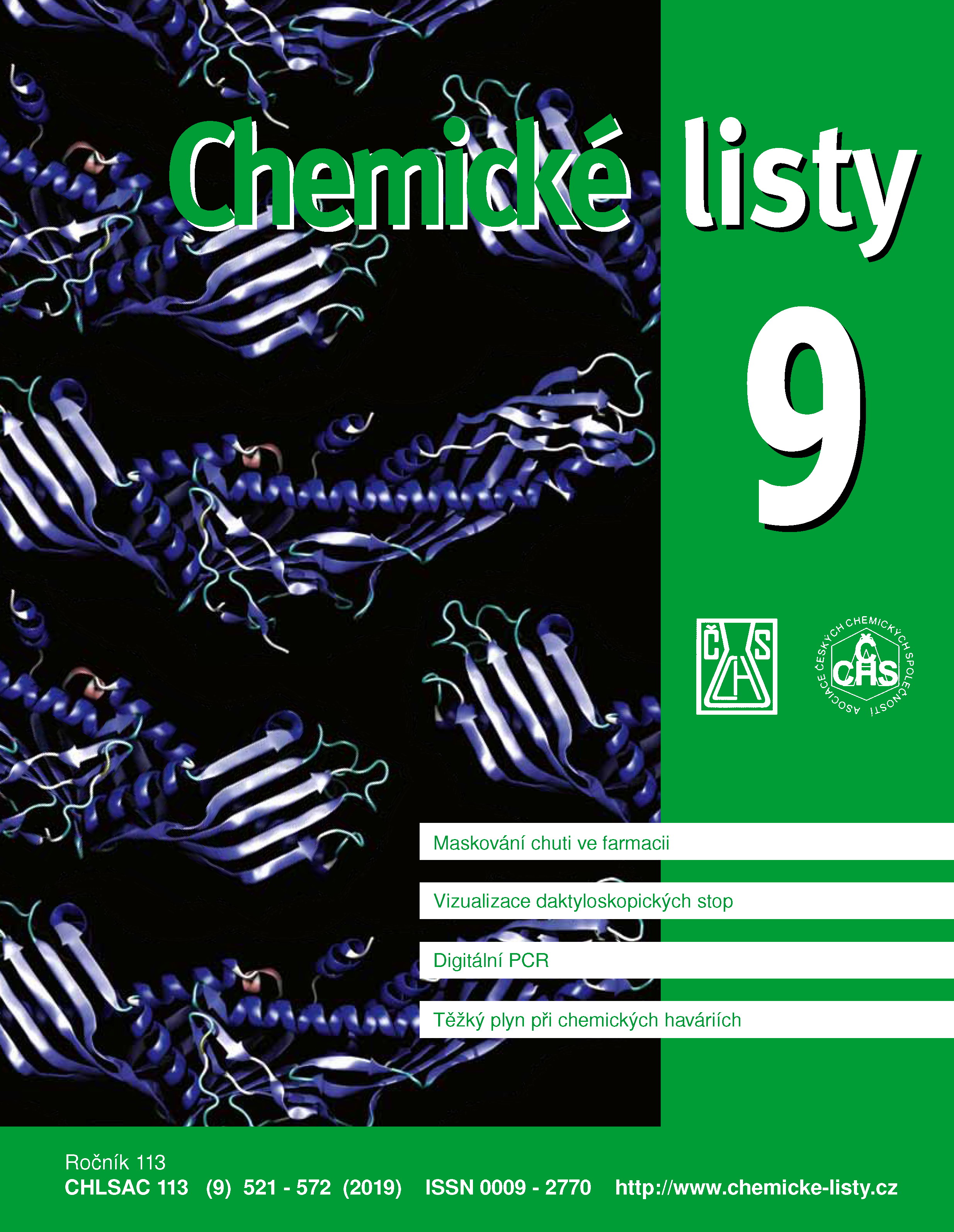Digital Polymerase Chain Reaction: Principle and Applications
Keywords:
quantitative PCR, digital PCR, multiplex PCR, DNA identification and quantificationAbstract
Polymerase chain reaction (PCR) is one of the main techniques of molecular biology. Currently, there is a boom of digital PCR which allows precise, sensitive and reproducible quantification without using a calibration curve. Due to its features, digital PCR has a wide analytical application in many areas (e.g. biomedical applications or food analysis). Presently, there are several types of digital PCR that differ from each other particularly in the way of dispersing the sample into many aliquots of very small volumes. All platforms allow multiplex analyses based on the use of differently labelled probes and/or different concentrations of probes labelled with one fluorescent color. This can reduce the financial and time requirements for a single sample analysis. The advantages and disadvantages of each type of digital PCR are summarized in this article.





